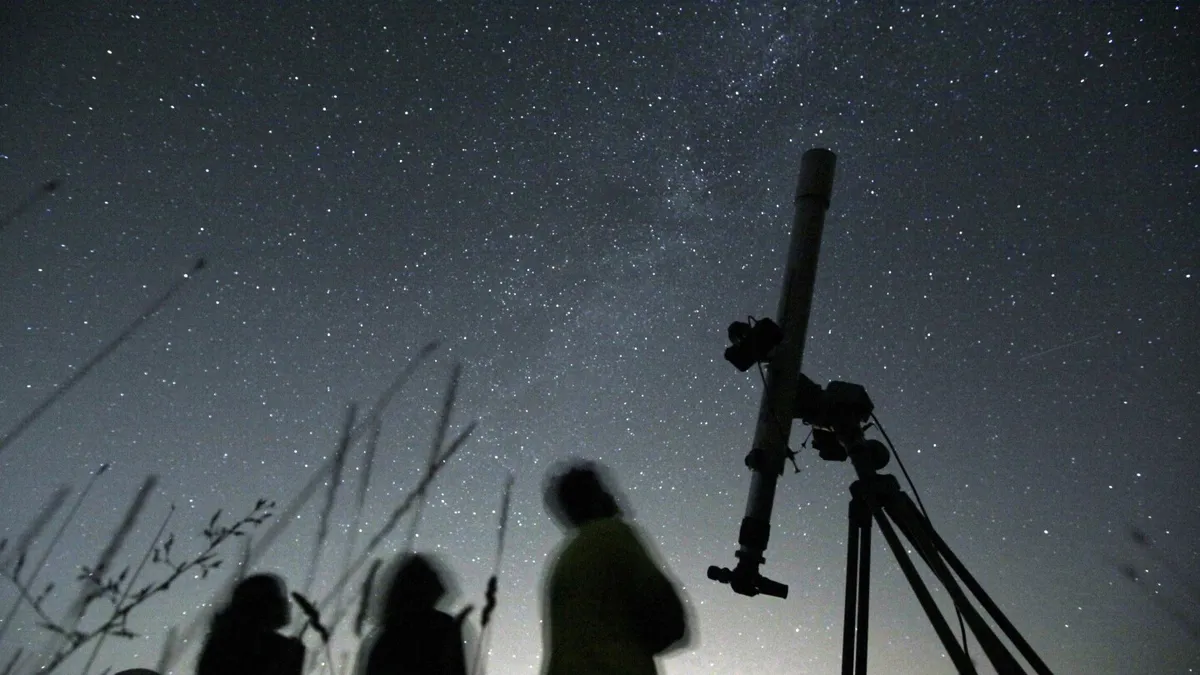
New York (AP) — At the end of February, skywatchers will have the opportunity to witness a magnificent celestial event known as a planetary parade. During this event, seven planets will grace the night sky, although some may be challenging to observe with the naked eye.
These planetary alignments occur when several planets appear to line up in the night sky simultaneously. While they are not in a perfect straight line, they are positioned closely together on one side of the sun. This astronomical phenomenon is relatively common and can occur at least once a year, depending on the number of visible planets. According to NASA, a parade of four or five naked-eye planets is visible every few years.
A similar planetary parade took place last June, but only two planets were visible without special equipment. In January, six planets were in view, with four visible to the naked eye. This month, a dim Mercury joins the planetary lineup, adding to the celestial display.
This month, Venus, Mars, and Jupiter are prominently visible to the naked eye. Meanwhile, a faint Saturn and Mercury are situated close to the horizon, making them more challenging to spot. Uranus and Neptune can be observed with the aid of binoculars or telescopes.
To catch a glimpse of this astronomical event, head outside on a clear, cloudless night after sunset. The planets will shine more brightly than the stars, with Mars appearing as a distinctive reddish-orange dot. Stargazing apps can be a helpful tool in locating these planetary wonders.
The planets will gradually make their exit through the spring, so make sure to seize the opportunity to witness this awe-inspiring astronomical event before they disappear from the night sky.
___
The Associated Press Health and Science Department receives support from the Howard Hughes Medical Institute’s Science and Educational Media Group and the Robert Wood Johnson Foundation. The AP is solely responsible for all content.